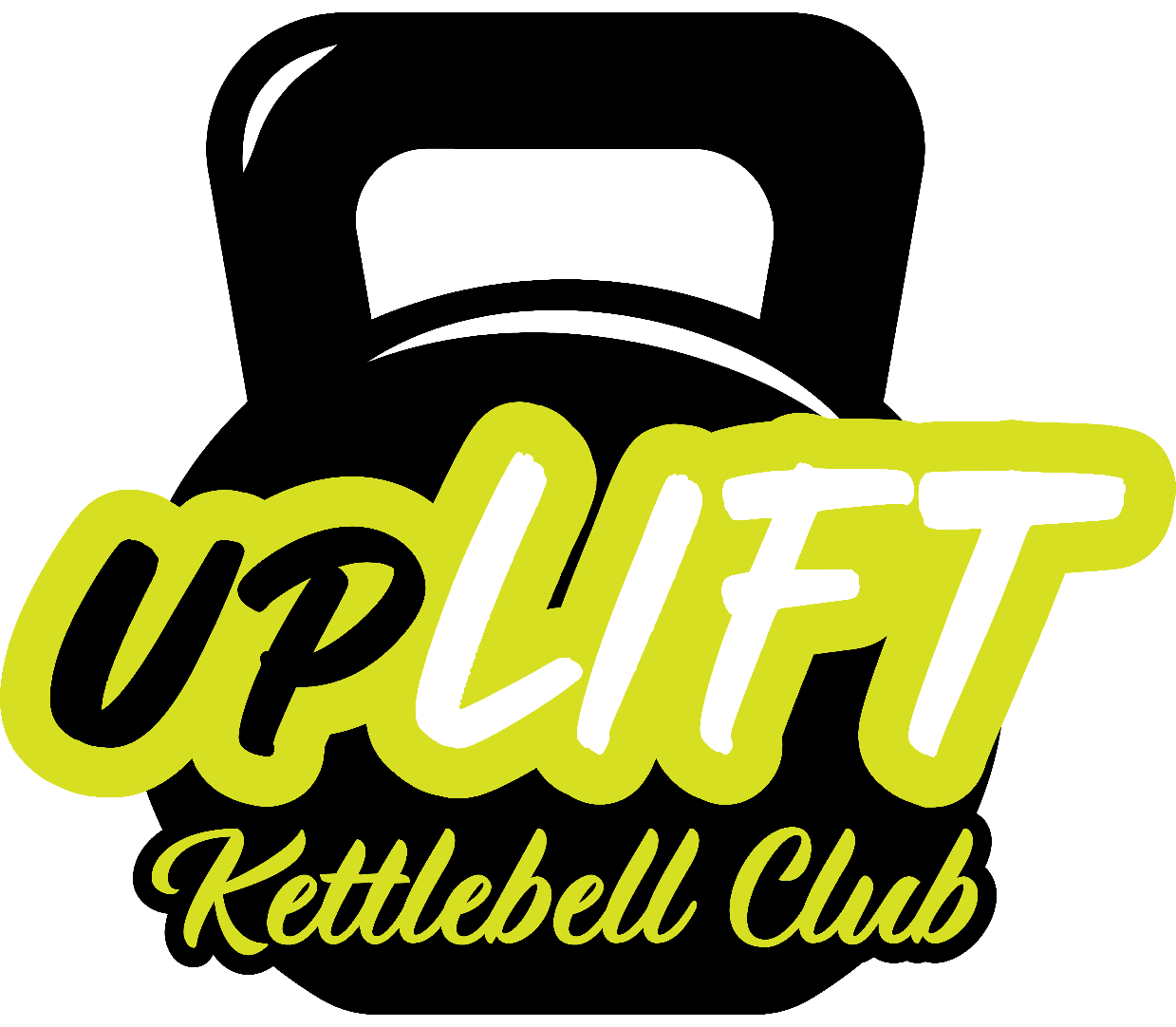What the HECK are macros?
Seriously, what even ARE they?! The term “macros” gets thrown around a lot these days but understanding what they are or where they come from isn’t quite as simple as throwing the words around.
“Macros” are a major component of our food and understanding what they are, why they matter, and where you can find good sources of each is extremely useful when trying to make an informed decision about what you want to eat.
Better known as protein, carbs, and fats, macronutrients are where the calorie (or energy) content of our food comes from but they also provide important nutrients you need for overall health. Each of the three macros are important parts of a balanced diet, so here’s a bit more detail about all of them.
Protein
Protein is made up of amino acids which are the building block of our cells, muscles, and other tissues. It provides structural support for these tissues and is also critical for a healthy metabolism, building lean tissue, and an optimally functioning body.
This is why adequate protein intake is so important to a healthy diet. It ensures you are providing your body with the nutrients it needs to do all of the fun stuff you want to while also looking and feeling your best. Now you can enjoy that steak knowing that it’s going straight to your muscles–and other stuff that’s super important too!
In terms of calories, protein provides 4 calories per gram (4kcal/g). Meaning that if you consume a 200 calorie snack containing 20g of protein, then 80 calories out of the 200 total calories came from protein because 4kcal/g x 20g protein= 80 calories from protein.
The amount of protein you should eat varies slightly based on preference and goals but the minimal recommended daily intake for healthy individuals ranges from 0.8-1 gram per pound of body weight (or ideal body weight for those in the overweight category).
When trying to lose weight it can be especially helpful to keep protein on the higher side of this range. Protein will help your body maintain lean tissue which will keep your body burning more calories and support a healthier metabolism overall. Protein will also help to decrease hunger and cravings between meals as well as keep you feeling full for longer.
Good sources of protein include beef, chicken, eggs, and pork, fish and other seafood like salmon, tuna, mahi, and shrimp, and low-fat dairy like greek yogurt, kefir, and cottage cheese.
Plant based foods high in protein include seitan, tofu, chickpeas, beans, legumes, and some whole grains. Keep in mind that these are not as readily used by the body and require a much larger amount and variety to meet your daily protein requirements.
Carbohydrates
We love to hate them and hate that we love them. But it doesn’t have to be that way. Many carbs are really good for us and can be easily included as part of a healthy diet so that we can love to love them instead!!
Carbs come in a few different forms. You’ve probably heard the term “simple sugars,” these can be found in anything from a candy bar to a piece of fruit. Then there are “complex carbs,” such as starchy vegetables, beans and legumes, and whole grains. Eating a mix of carbohydrate types and choosing nutrient dense options most of the time is a great way to add variety and nutritional value to your plate.
Like protein, carbohydrates provide 4kcal/gram consumed. Meaning that if there are also 20 grams of carbs in that 200 calorie snack, 80 of those calories came from the carb content.
Healthy sources of carbohydrates include foods such as fruits, potatoes, sweet potatoes, other root veggies, leafy greens, beans, legumes, and other whole grains such as rice, oatmeal, and quinoa.
The amounts and sources of carbohydrates you choose to eat can vary greatly based on health conditions, activity level, and preference. Including a variety of carbs in your diet will provide a wealth of nutrients and keep things a little more interesting at the same time!
Fats
Fats are found in a few different forms and while you don’t want to go crazy and eat allll of the bacon, including a variety of fats in your diet is actually important to overall health. Which is lucky, because fats taste soooo good!!! 🤤
Fats help transport nutrients, support healthy brain development and function, tissue repair, and hormone creation, among many other things.
A few terms you may have heard when talking about fat include monounsaturated, polyunsaturated, saturated, and trans fats. Most foods have some combination of all of these but may have higher proportions of some. In general, mono- and poly- unsaturated fats are liquid at room temp and best used at lower temp cooking or in dressings/condiments. Saturated fats are typically solid at room temp and good for higher temp cooking. All are found in a variety of delicious foods!
Monounsaturated fats include olives, olive oil, macadamia nuts, almonds, and avocado.
Polyunsaturated fats include omega-3 and omega-6 fatty acids and are found in foods such as nuts, seeds, poultry, eggs and avocado.
Saturated fats are found in the highest quantities in coconut oil, butter, ghee and other dairy, animal proteins, and egg yolks.
Fats have the highest calorie (energy) density of all macronutrients contributing 9 calories per gram (9kcal/g), just more than double that of protein and carbs. This means that if you eat a 200 calorie snack with 20g of fat, 180 calories will come from fat. This is not necessarily a bad thing but something to keep in mind when considering food selection for fat loss as portion sizes will be much smaller to accommodate for extra calories. That doesn’t mean you should avoid fats for the sake of saving calories though!
Tracking your macros is useful for learning about what your body responds best to, getting a feel for portion sizes, and for keeping an eye on calories if you need a bit more accountability and attention to overall volume.
In the big scheme of things, food choices don’t need to be that complicated. Choose foods you enjoy with the highest nutrient density most of the time, get enough protein, eat a variety of meat, fruits, veggies, nuts, seeds, and grains, and eat to satisfied not stuffed.
You should now feel better equipped to make food choices that support your health as well as potential fat loss and/fitness related goals but reach out if you want to learn more or would like help with creating a specific plan to reach your goals!

